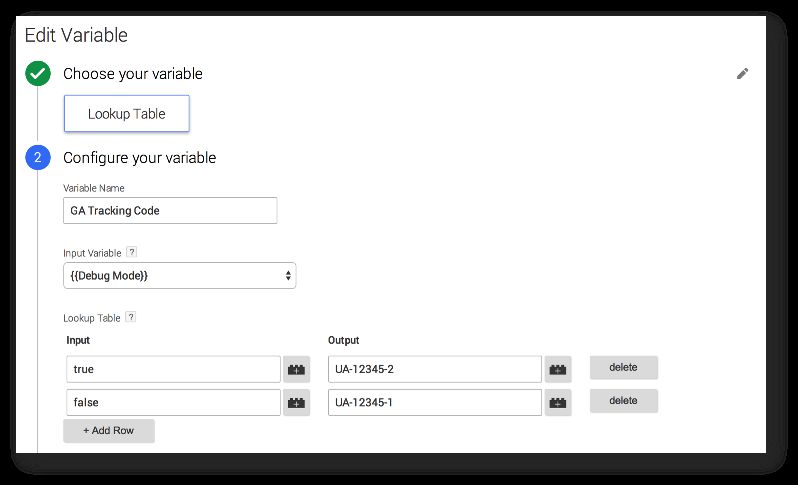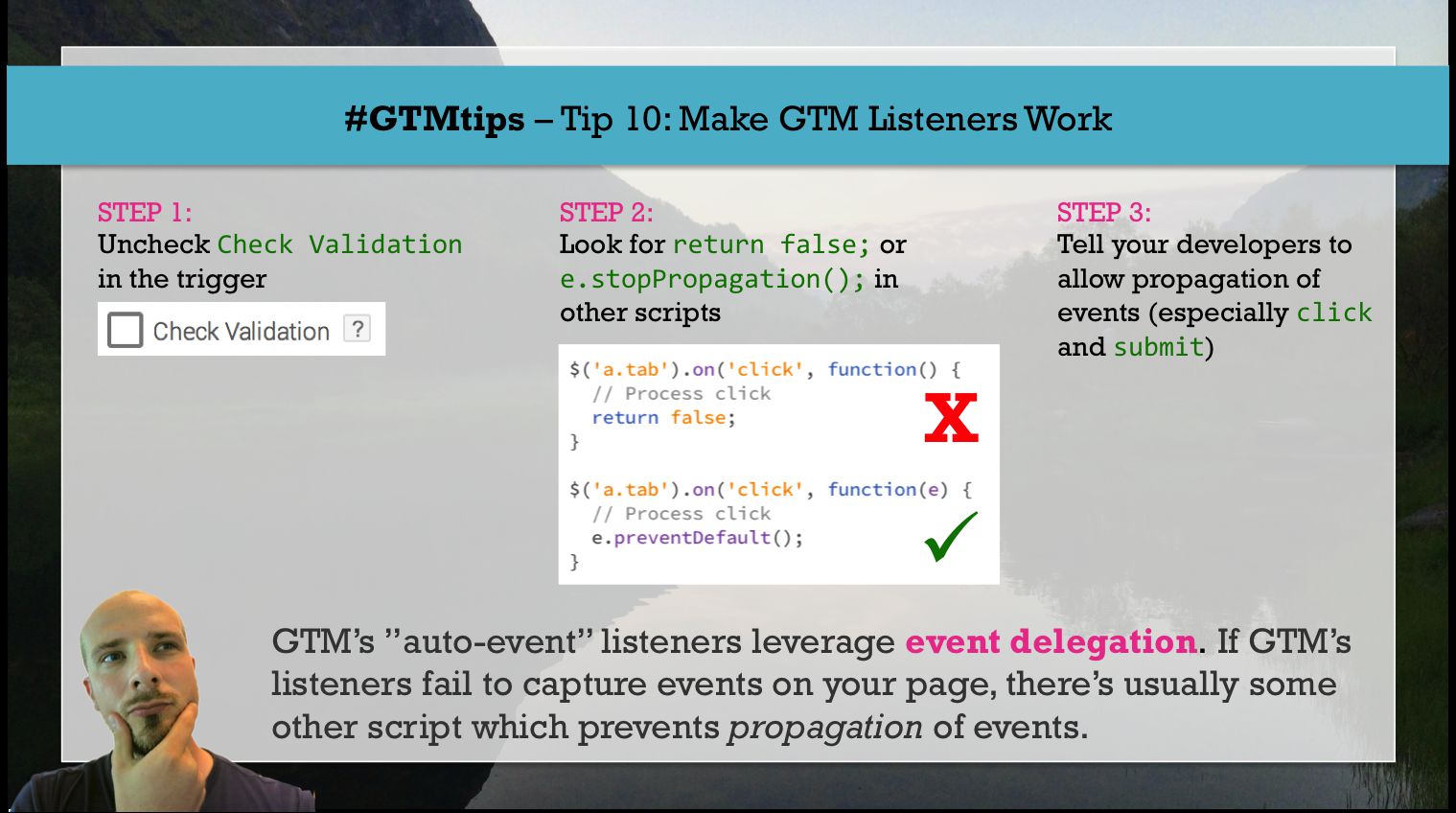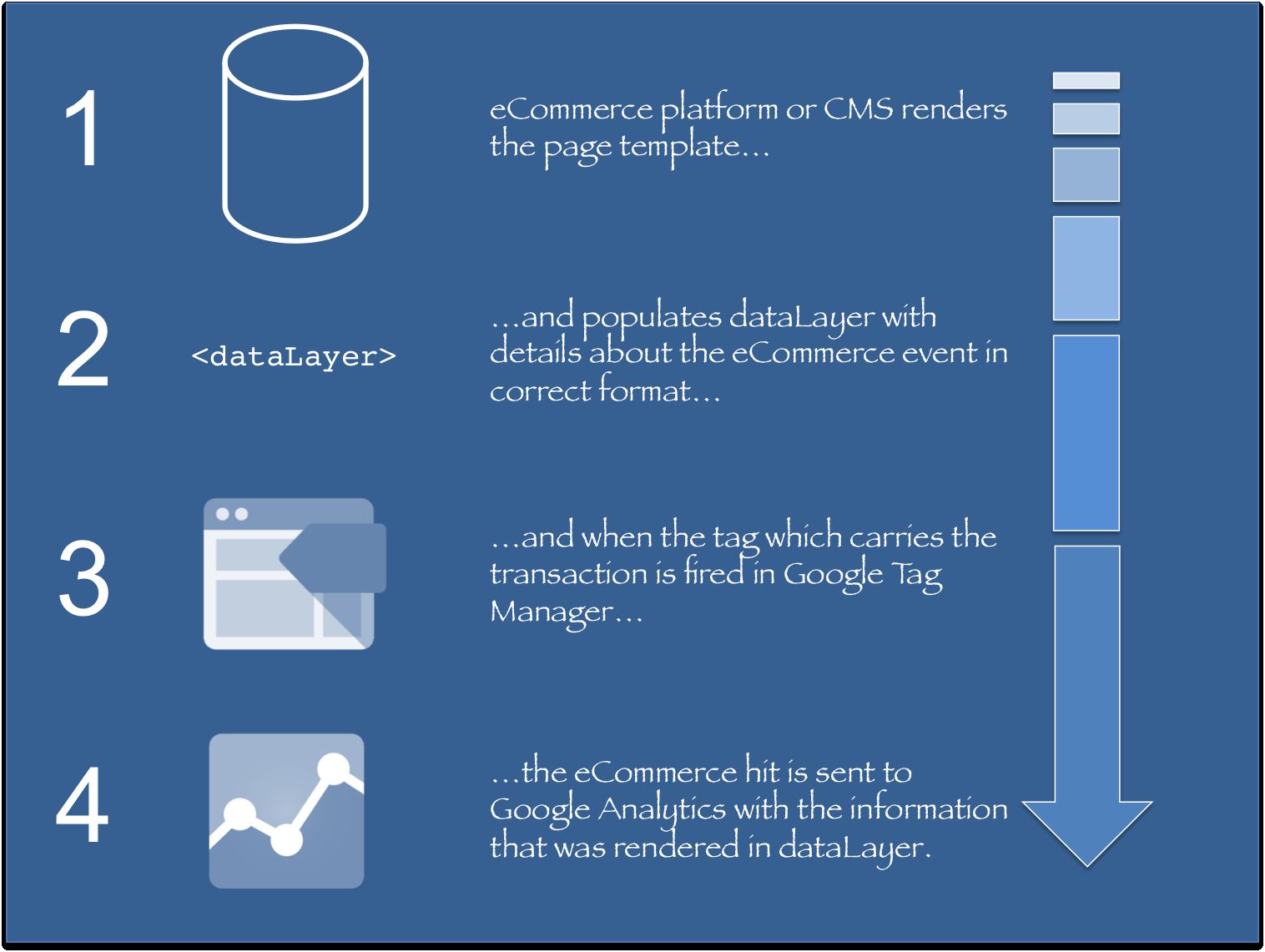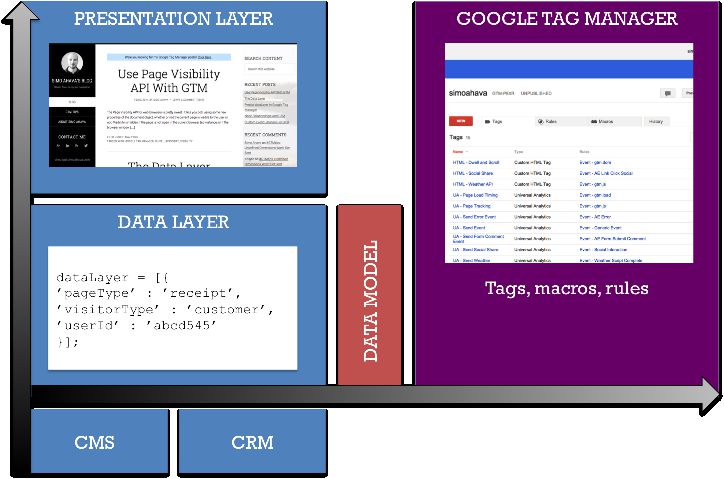When our good friends in the Google Tag Manager developer team first introduced the Lookup Table Macro, we were excited. For many of us, it soon became the weapon of choice especially when used as a management and optimization tool for the container itself.
However, the macro wasn’t considered perfect. In fact, the most frequently heard request had to do with the core functionality of the feature itself: the macro should support operations, that is, predicate logic.






